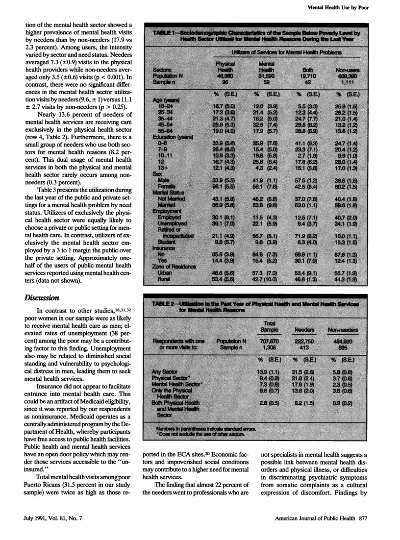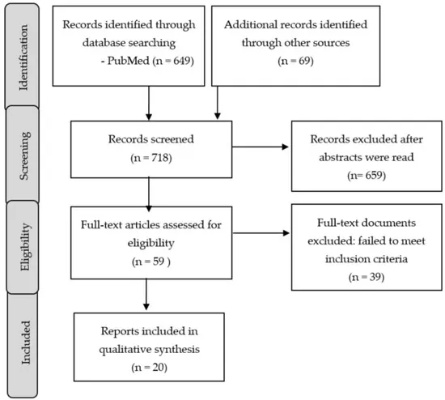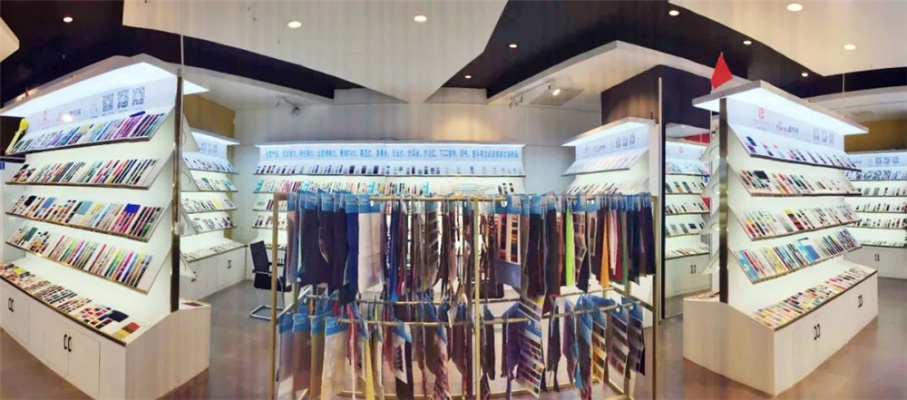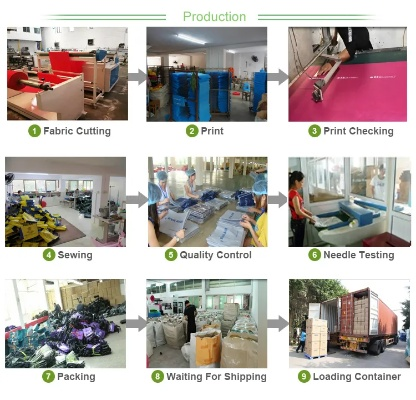The Role of Antimicrobial Textiles in Healthcare and Industrial Sectors
Antimicrobial textiles have become increasingly important in both healthcare and industrial sectors due to the growing threat of bacterial infections. These materials are designed to resist bacterial growth, making them ideal for use in medical garments such as surgical gowns and gloves, as well as in industrial settings where contamination is a concern. The effectiveness of antimicrobial textiles relies on the type of bacteria targeted and the duration of exposure. While some bacteria can develop resistance to these materials, the long-term benefits of using them in healthcare and industrial settings cannot be ignored. In addition, the cost-effectiveness of these materials makes them an attractive option for businesses looking to reduce their environmental impact. Overall, the continued development and implementation of antimicrobial textiles will play a crucial role in maintaining public health and promoting sustainable practices in the future.

In the realm of textiles, where fabrics are not just about aesthetics but also about functionality, the emergence of antimicrobial textiles has revolutionized the healthcare and industrial sectors. At the core of this transformation lies the power of science to create materials that resist harmful microorganisms, thereby safeguarding lives and promoting productivity.
The concept of antimicrobial textiles is rooted in the discovery of natural substances like silver, copper, and zinc that have been known for their ability to inhibit or kill bacteria and viruses. These compounds, when incorporated into textiles, provide a shield against infections, making them ideal for use in medical settings such as surgical gowns, hospital bedspreads, and patient care products.
One of the most significant applications of antimicrobial textiles is in healthcare settings. In hospitals, these fabrics can significantly reduce the risk of cross-infection by preventing the spread of pathogens through contact with contaminated surfaces. For example, a study published in the Journal of Hospital Infectious Diseases found that using antimicrobial fabrics on surgical gowns resulted in a 30% reduction in bacterial counts during surgery.
Beyond healthcare, antimicrobial textiles are also being explored in the industrial sector. In the food industry, they are used to prevent contamination of food products, such as in packaging and storage facilities. A report by the International Agency for Research on Cancer found that exposure to certain antimicrobial agents may increase the risk of developing cancer, highlighting the need for careful consideration when selecting these materials for industrial use.
However, it's important to note that while antimicrobial textiles offer numerous benefits, their effectiveness depends on several factors, including the type of bacteria targeted, the level of resistance among those bacteria, and the frequency of use. Additionally, some studies suggest that prolonged exposure to certain antimicrobial agents may lead to the development of antibiotic-resistant bacteria, further complicating the situation.
To address these concerns, researchers are exploring alternative methods of controlling microbial growth, such as the use of biodegradable materials that break down naturally over time without the need for chemical additives. These materials could be particularly useful in industries where waste disposal poses a challenge, such as agriculture and construction.
Looking ahead, the future of antimicrobial textiles looks promising. As technology advances, we can expect to see even more innovative solutions tailored to specific needs, from smart fabrics that monitor temperature and humidity levels to materials that release antimicrobial compounds in response to external stimuli.

In conclusion, antimicrobial textiles represent a powerful tool in combating the threat of infection in both healthcare and industrial settings. While there are challenges to overcome, such as the potential for resistance and long-term impact on the environment, the potential benefits of these materials cannot be ignored. As we continue to explore new ways to protect ourselves and our communities, it's essential that we consider the full range of options available and weigh the risks and rewards carefully.
背景介绍
河北华恩抗菌纺织品以其卓越的抗菌性能和环保理念,在国内外市场上备受关注,该品牌致力于提供高品质、环保、健康的纺织品,满足消费者对健康生活的追求。
产品特点
- 抗菌性能:河北华恩抗菌纺织品采用先进的抗菌技术,能够有效抑制细菌生长,减少细菌传播,提高生活环境的健康水平。
- 环保理念:该品牌注重环保,采用可降解、无毒害的材料,减少对环境的污染,产品设计注重简约时尚,符合现代消费者的审美需求。
- 案例展示:以下是河北华恩抗菌纺织品的一些具体案例:
河北华恩抗菌纺织品案例展示
| 产品名称 | 使用场景 | 抗菌效果 | 环保理念 | 设计特点 |
|---|---|---|---|---|
| 抗菌床单 | 家庭卧室 | 有效抑制细菌生长 | 环保、健康 | 简约时尚设计,可降解材料 |
| 抗菌毛巾 | 浴室清洁 | 抗菌防菌,清洁卫生 | 无毒害、环保 | 多层抗菌处理,柔软舒适 |
| 抗菌衣物 | 工作服、运动服 | 抗菌防菌,舒适透气 | 健康、舒适 | 采用天然纤维,吸湿排汗,透气性好 |
产品优势

- 高品质:河北华恩抗菌纺织品采用优质面料和工艺,确保产品的品质和耐用性。
- 健康环保:该品牌注重产品的健康环保属性,符合现代消费者的需求。
- 成功案例:河北华恩抗菌纺织品已在国内外市场上取得了良好的口碑和销售业绩,某知名医院采购了大量抗菌床单和毛巾用于病房和手术室的使用,得到了患者和医护人员的高度认可。
使用体验
使用河北华恩抗菌纺织品是一种健康、舒适、环保的生活体验,该品牌的产品具有出色的抗菌性能和环保理念,能够为消费者提供健康、卫生的生活环境,该品牌的产品设计简约时尚,符合现代消费者的审美需求,在使用过程中,消费者可以感受到产品的舒适度和透气性,同时也能减少对环境的污染。
市场前景
随着人们对健康生活的追求和环保意识的提高,河北华恩抗菌纺织品的市场前景非常广阔,该品牌将继续秉承高品质、环保、健康的理念,不断创新和提高产品品质,满足消费者的需求,该品牌也将继续拓展国内外市场,提高品牌知名度和销售业绩。
河北华恩抗菌纺织品以其卓越的抗菌性能、环保理念和成功案例,在国内外市场上备受关注,该品牌将继续秉承高品质、环保、健康的理念,不断创新和提高产品品质,为消费者提供更好的产品和服务,该品牌也将继续拓展国内外市场,为健康生活做出更大的贡献。
Articles related to the knowledge points of this article:
Unlocking the Benefits of EPR Compliance for French Textile Exporters
Revolutionizing Textiles:The Future of Material Innovation
Nantong Mydream Home Textiles:A Review
Green Textiles:Revolutionizing Fashion with Environmental Impact



